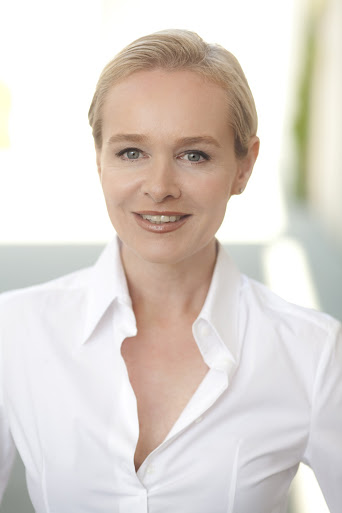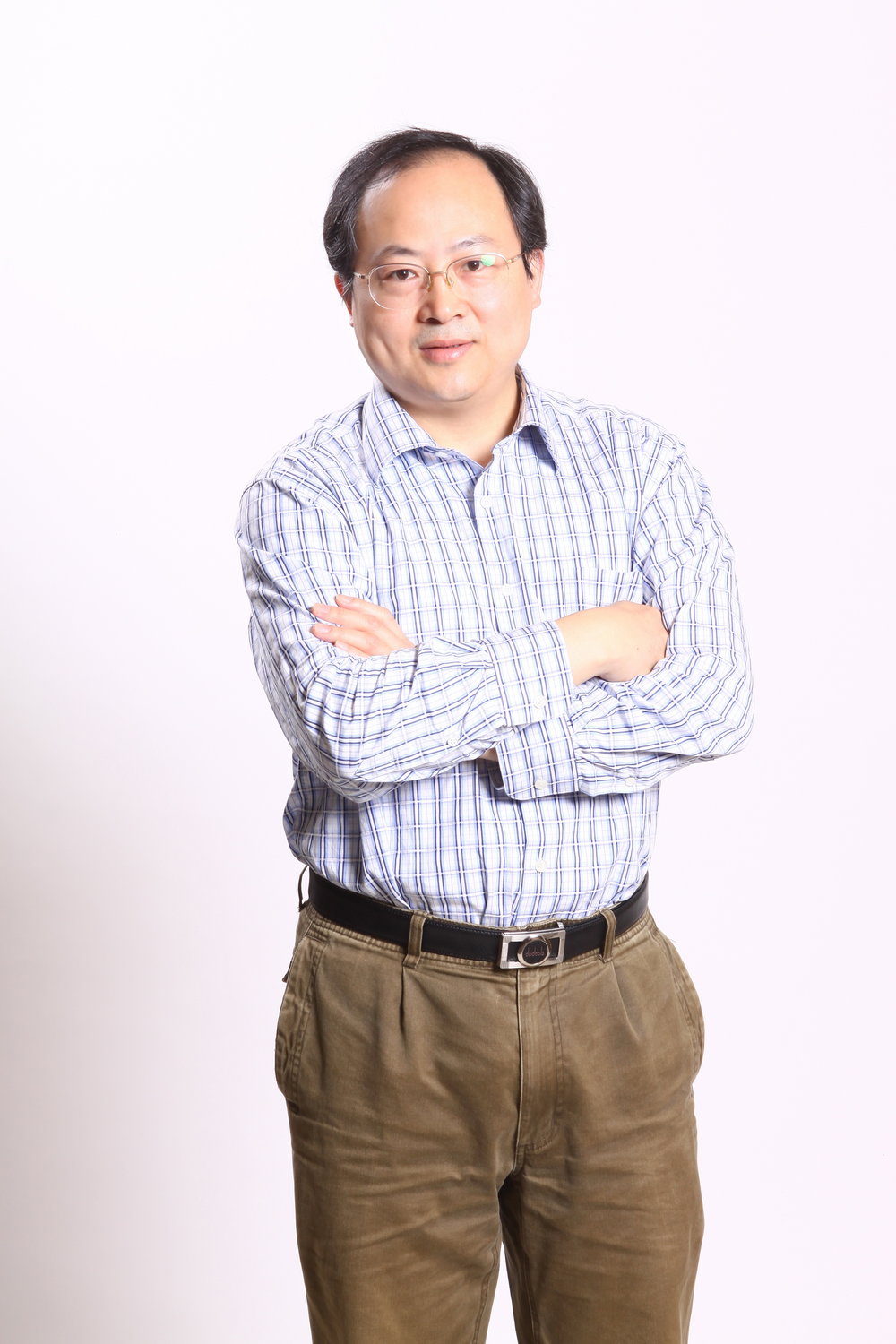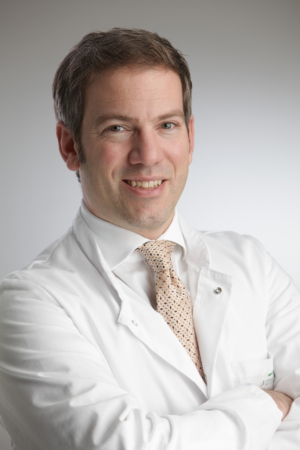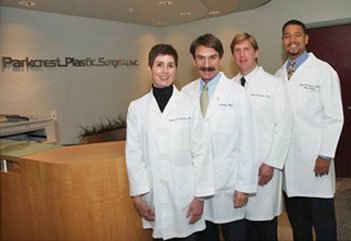The New "Natural" Breast - Ideal Proportion is Key
/A recent study in the Journal of Plastic and Reconstructive Surgery reveals the ideal proportions that may be used as a basis for helping your patients define the perfect breast.
You've all seen it happen; every woman wants perfects breasts and is convinced she knows what that means. Why then, is she dissatisfied when you deliver the modifications she's asked for? It turns out there's a new standard of beauty and a new study to help you, and your clients, achieve it.
In a recent survey, 1,315 men and women were asked to rate the attractiveness of breasts shown to them in three-quarter profile. The results showed a clear pattern; the best chests have 45% fullness above the nipple line and 55% fullness below in a slightly teardrop shape. Upward pointing nipples, a mildly concave upperslope and a convex and smooth lower slope were also key. Ironically, the traditional emphasis on upper pole fullness is not what patients now want. Round is out, natural is in!
So, how do you transfer the old ideal to the new real? Use these tips to guide your consultation:
- Educate - find out what she already knows about the procedure and use this knowledge as a basis to discuss the safest and healthiest way to achieve the result. Augment what they "know" with your expert medical opinion.
- Communicate - Eveyone woamn has her own opinions about ideal shape and size. It is also critical to know whether a natural or augmented look is desired. Also useful is a discussion of implant location, fill material and resulting profile in addition to size. It is also key to help her understand that a naked breast will have a shape that differs from a clothed breast.
- Be specific - Size and proportion alone isn't enough. Discuss frame size, body shape and activity level with your patient.
- Use images - Pictures, drawings and 3D imaging are all excellent tools to guide the process.
In the end, a common standard of beauty may be ideal, but your goal is to also help a woman be beautifully real. If beauty is in the eye of the beholder, use her as a collaborator to achieve both of your goals.
Read more about the survey discussed above at: http://journals.lww.com/plasreconsurg/Fulltext/2014/09000/Population_Analysis_of_the_Perfect_Breast___A.8.aspx?WT.mc_id=HPxADx20100319xMP











